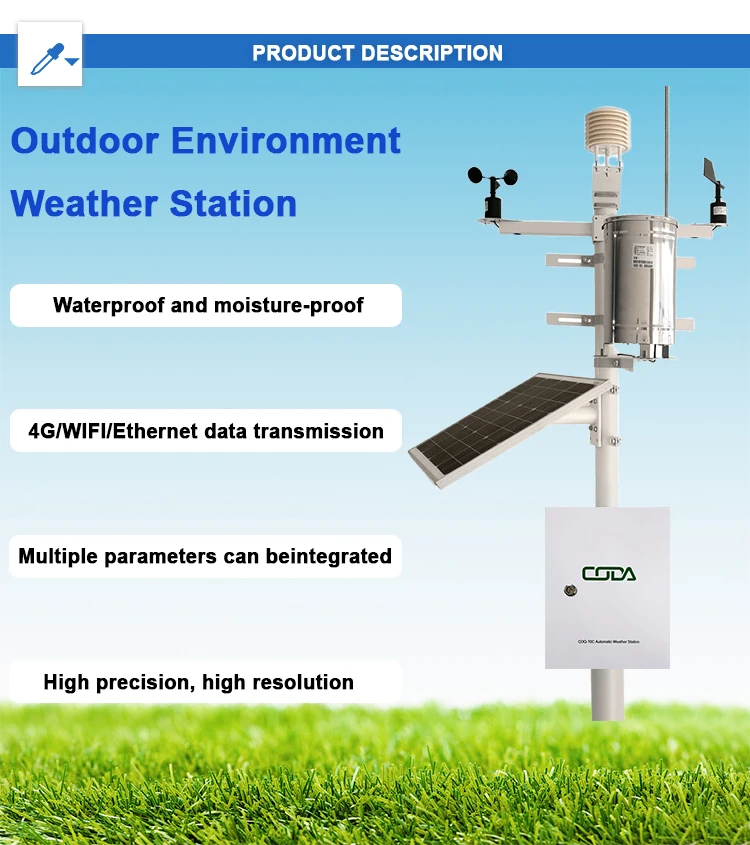
# Automatic Weather Station: Definition and Functionality
## What is an Automatic Weather Station?
An Automatic Weather Station (AWS) is a modern meteorological system designed to collect and transmit weather data without requiring constant human intervention. These stations are equipped with various sensors that automatically measure atmospheric conditions such as temperature, humidity, wind speed and direction, rainfall, solar radiation, and barometric pressure.
## Key Components of an Automatic Weather Station
A typical AWS consists of several essential components:
– Sensors: Specialized instruments that measure specific weather parameters
– Data logger: An electronic device that records measurements from the sensors
– Power supply: Usually solar panels with battery backup for continuous operation
– Communication system: Transmits collected data to a central database or users
– Mounting structure: Provides stable platform for sensors at appropriate heights
## How Automatic Weather Stations Work
The functionality of an AWS follows a systematic process:
1. Sensors continuously monitor environmental conditions
2. Measurements are converted into electrical signals
3. The data logger collects and stores these signals at predetermined intervals
4. Information is processed and formatted for transmission
5. Data is sent via communication link (radio, satellite, cellular, or internet)
6. Received data is analyzed and displayed by weather monitoring systems
## Applications of Automatic Weather Stations
AWS technology serves numerous important purposes:
– Agriculture: Helps farmers make informed decisions about irrigation and planting
– Aviation: Provides critical weather data for flight planning and safety
– Disaster warning: Detects early signs of severe weather events
– Climate research: Contributes to long-term climate pattern studies
– Urban planning: Assists in designing cities with better environmental considerations
## Advantages Over Traditional Weather Stations
Automatic Weather Stations offer significant benefits compared to manual observation methods:
– Continuous, real-time data collection
– Higher measurement frequency (often every minute)
– Reduced human error in data recording
– Ability to operate in remote locations
– Lower long-term operational costs
– Standardized data collection methods
## Future Developments in AWS Technology
The field of automatic weather monitoring continues to evolve with:
– Integration of artificial intelligence for better data analysis
– Development of more compact and energy-efficient sensors
– Improved communication technologies for faster data transmission
– Enhanced durability for extreme weather conditions
– Greater interoperability between different monitoring systems
As technology advances, Automatic Weather Stations are becoming increasingly sophisticated, providing more accurate and comprehensive weather data to support various sectors and improve our understanding of atmospheric conditions.
Keyword: what is automatic weather station